Industrial Ball Valves: Complete Guide
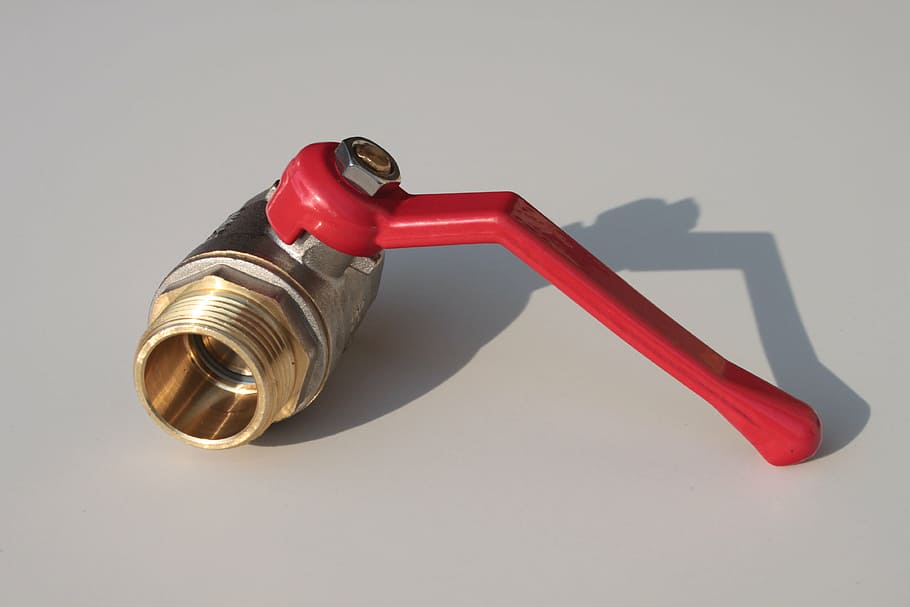
For those who don’t know, there are various forms of valves that industries use extensively. However, the most common one is the ball valve. From power plants to petrochemical industries, manufacturers use ball valves everywhere.
A ball valve has a cylindrical design. In the middle is a ball that handles the flow of the material. Ball valves use a simple mechanism. Because of this, they’re the best option for a huge variety of industrial processes.
According to the scope of their usage, there are various sizes of industrial ball valves.
What Are Ball Valves?
First of all, what is a ball valve? Well, a ball valve is a type of valve that has a quarter-turn mechanism. It utilizes a pivoting, perforated, and hollow ball to handle the flow of materials from one opening to another.
People can open, close, or partially open the valve to let slurry materials, liquids, and gasses pass through it.
Usually, people use ball valves in applications where they need a tight shut-off mechanism.
Ball valves are extremely versatile. This is because they can handle temperatures up to 400°F and 1000 bars of pressure. The size of a ball valve varies, from 121 cm down to 0.5 cm. They’re easy to fix and operate as well.
Professional rising stem ball valve manufacturers design ball valves to only enable a 90° rotation for closing and opening the valve. Because of this, the valve completely locks when you turn the handle.
Ball valves are well-known in industrial appliances since they offer air-tight seals when completely closed.
How Does a Ball Valve Work?
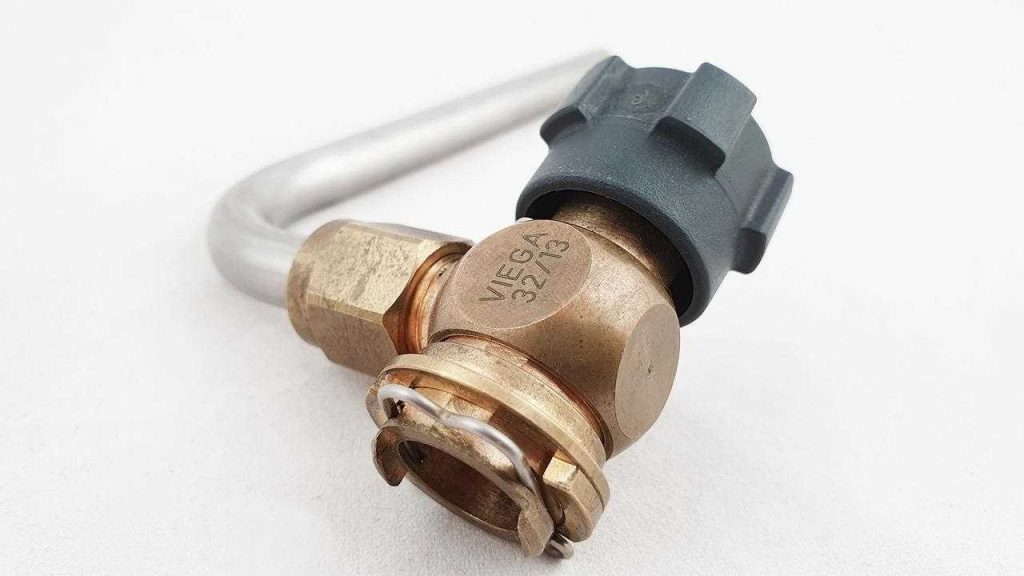
You can use a ball valve in manual or automatic mode. You can control the flow using electric actuators, worm gear operators, bevel, handwheel, levers, wrenches, or hands.
Usually, the type of project determines what kind of ball valve to use. Ball valves come in a range of materials, from steel to rubber. In addition to that, there are a lot of types as well.
Ball valves can be used in a couple of applications. However, the most common use for a ball valve is for shutoff valves. Industries prefer them due to their ease of use.
Ball valves can handle simple materials such as solvents and water. However, they can also work with complicated ones, such as gasses or acids.
If your manufacturing process requires sending gas, air, or liquid through pipes, then you can benefit from ball valves.
They offer air-tight service and make excellent low-point drains.
A couple of the other different uses of ball valves include steam services, cooling systems, and instrument root valves.
Ball Valves Types
People categorize ball valves into a lot of types based on their uses and functions, they have two categories. This includes:
- Trunnion Ball Valve
Compared to the floating ball valve, this type of ball valve comes with an anchor on each side of the valve. This extra support offers a pivot to the ball and helps manage the huge flow.
Because of this feature, trunnion ball valves are extremely well-known for applications that involve the flow of high-pressure valves.
If you want to install this type of valve, you need to learn DIY skills to properly operate it.
- Floating Ball Valve
Unlike the Trunnion Ball Valve, this type of ball valve doesn’t have any anchor that holds the ball. However, there is a stem that’s attached to the ball.
Because of this feature, the fluid moves the ball freely downwards depending on the pressure of the flow.
According to experts, a floating ball valve is an ideal option for controlling the flow of the valve.
Uses of Ball Valves
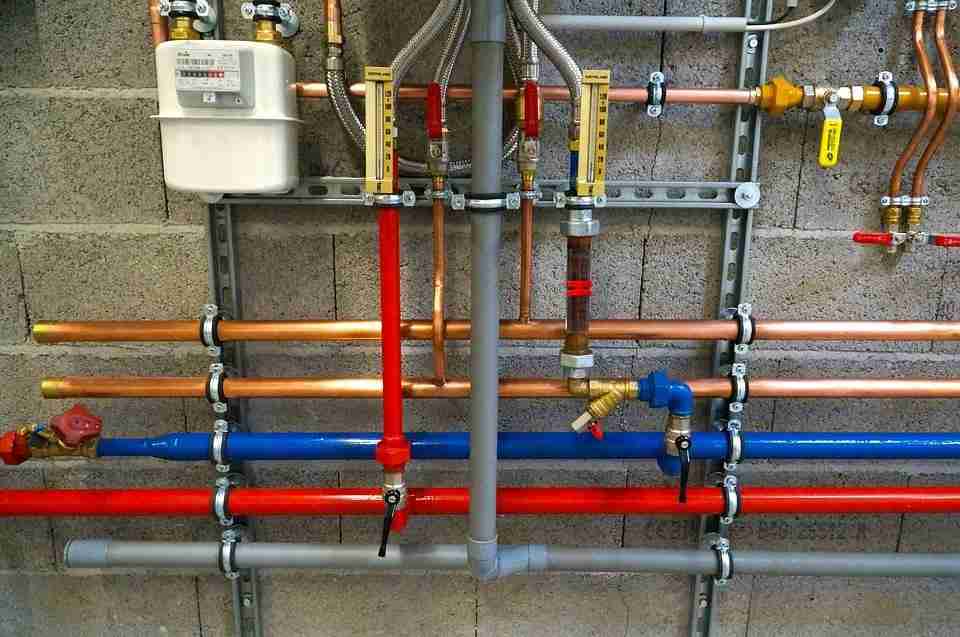
Ball valves offer reliable protection against leaks. Thus, they’re ideal for a couple of industrial uses. They’ve got a low-pressure drop and can close and open rapidly. That’s why they are ideal for gas and liquid applications.
Furthermore, ball valves are very versatile. Thus, you can use them for cryogenic, underground, or subsea applications.
You can use ball valves for liquid, gas, and air processes that need air-tight protection. You can also use them in high-point vents and low-point drains for gas, liquid, and other fluid materials.
Manufacturers can also use ball valves to regulate feedwater systems and cooling water systems. Industries also use them for steam applications.
Low Maintenance
Compared to other forms of valves, ball valves need little-to-no maintenance. The simple mechanism of ball valves makes them less susceptible to damage and deterioration.
Because of this feature, you will require less routine maintenance for ball valves. Furthermore, you can easily fix a ball valve if it gets damaged. It’s also quite cheap to repair.
Versatile
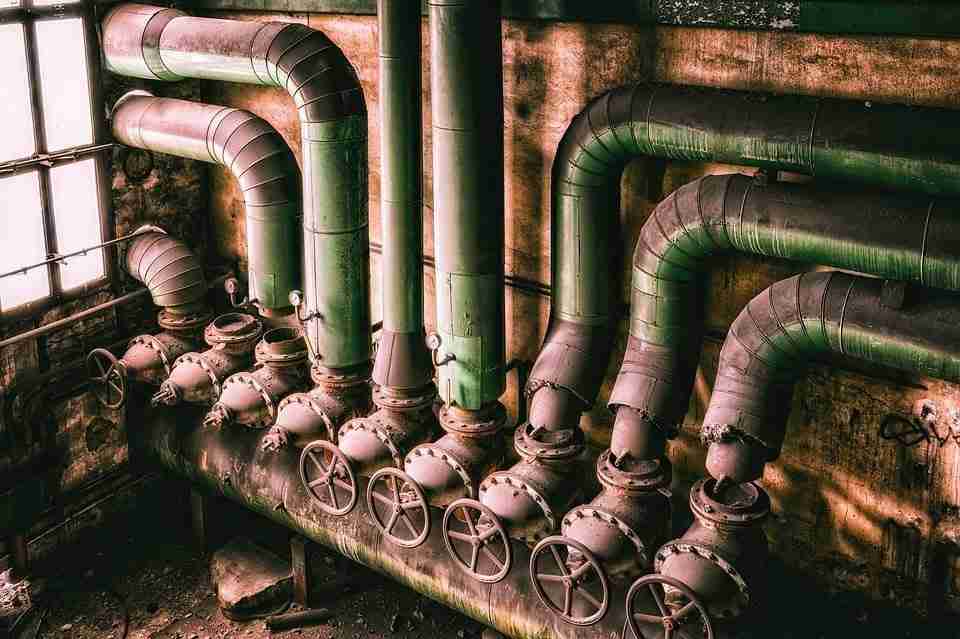
One of the most well-known forms of industrial valves is ball valves. Of course, there is a reason for this.
Ball valves are utilized extensively in all types of industries. This includes pharmaceutical, wastewater management, and much more.
Ball valves are also great for handling the flow of gases, liquids, and other fluids. Simply keep in mind to bring hand sanitizers when handling these materials to always stay safe and clean.
Extremely Efficient
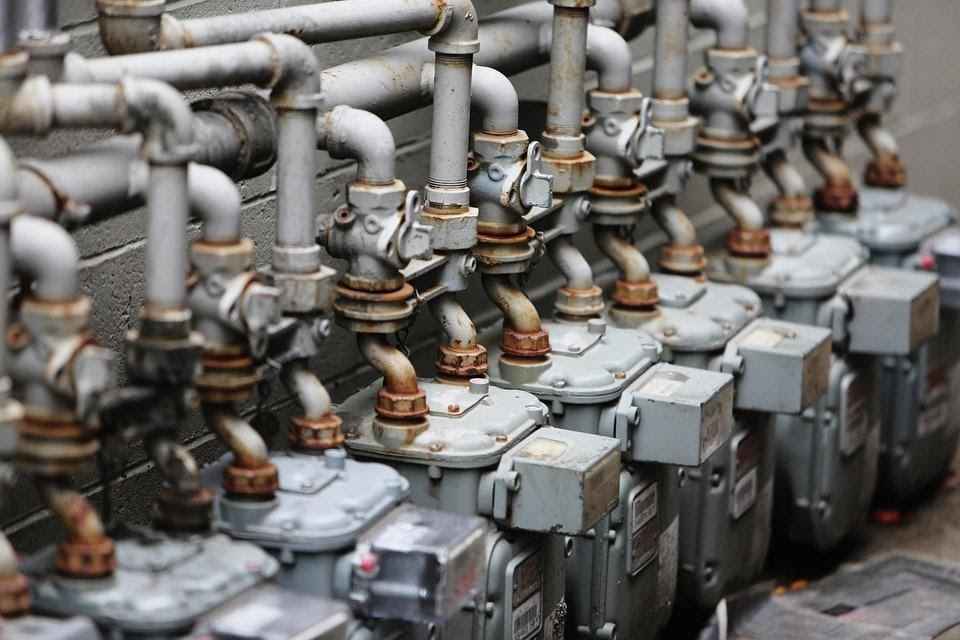
Another reason why ball valves are extremely popular is that they are extremely efficient. There is a very low risk of leakage when you use ball valves.
The reason for this is that they are very air-tight. It does not matter what type of ball valve you’re utilizing. You can always ensure quality.
Conclusion
Ball valves are one of the most popular types of valves in any industry. They’ve got a lot of uses and can handle a variety of materials.
The items that we discussed above are some of the things you should know about ball valves to get you started.
